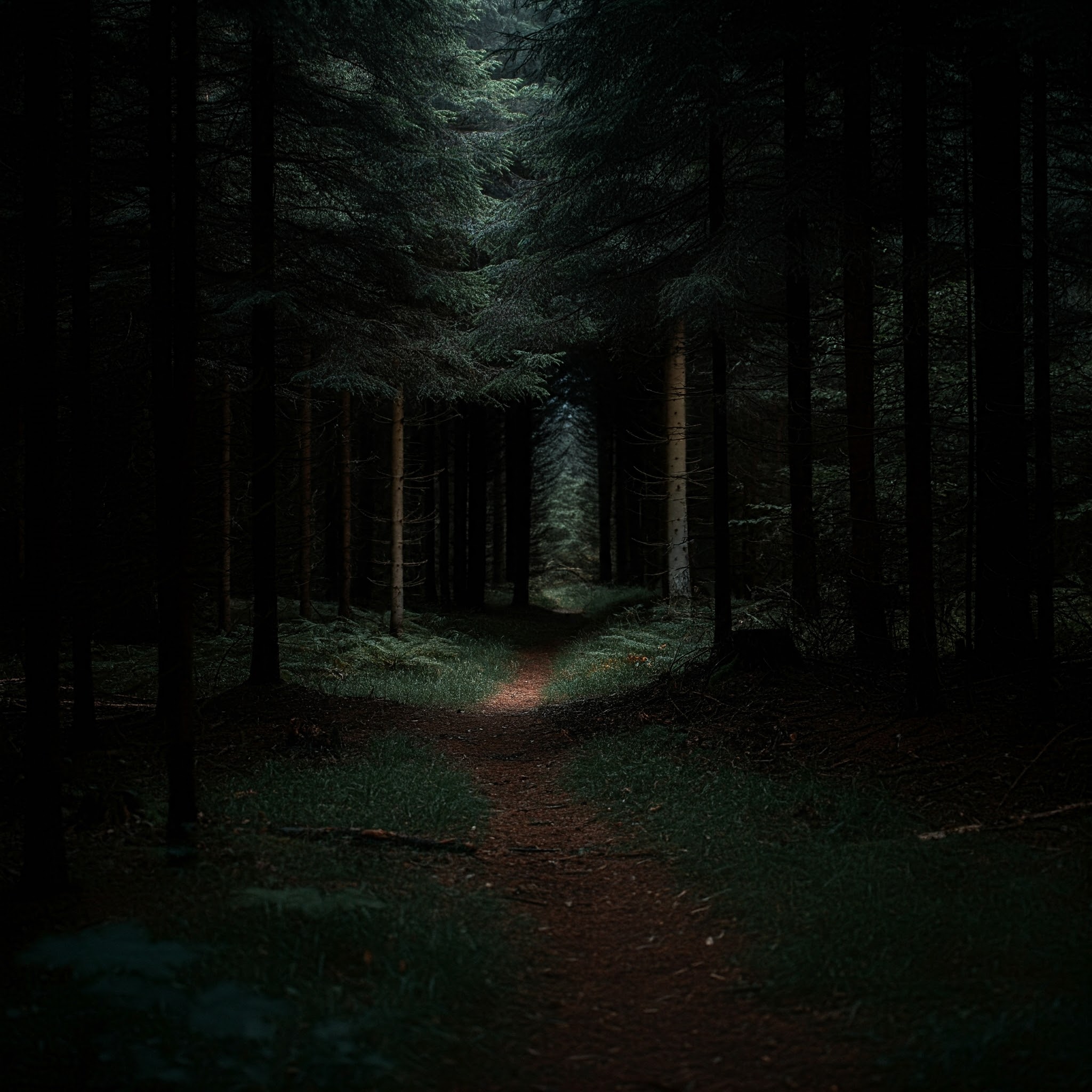We are merchants of dread, weavers of unease. Our stock in trade isn’t happy endings or triumphant heroes, but the delicious, gnawing tension that keeps readers clinging to the page, dreading what horror might unfold next. But crafting tension in dark fantasy is a delicate art. It’s not about cheap jump scares or gratuitous gore, but about cultivating an atmosphere of creeping dread, a sense that something wicked this way comes… and when it arrives, it will be all the more terrifying for the wait.So how do we, as architects of anxiety, build that unbearable tension, that slow burn that leaves readers gasping for breath even in the absence of immediate danger?
1. Tension in The Looming Threat
Never show your hand too early. Let the threat be a shadow lurking at the edge of the narrative, a whisper in the dark, a growing sense of wrongness that permeates the world. The unknown is always more terrifying than the revealed.
2. The Unreliable Narrator
Sow seeds of doubt in your reader’s mind. Is the protagonist losing their grip on reality, or is something truly sinister afoot? A dash of paranoia, a hint of madness, can make even the mundane seem menacing.
3. Tension in the Ticking Clock
Nothing fuels tension like a deadline. Whether it’s a creeping curse, a ritual sacrifice, or the slow descent of an unending night, a sense of urgency forces both your characters and your readers to confront the inevitable.
4. Tension in the Oppressive Atmosphere
Use sensory details to paint a picture of unease. The cloying scent of decay, the oppressive silence of a forgotten crypt, the feeling of unseen eyes watching from the shadows – these elements create a visceral experience of dread.
5. The Moral Dilemma
Force your characters to make impossible choices, where every option comes with a terrible price. This not only raises the stakes but also forces the reader to confront their own moral compass in the face of darkness.
6. The False Hope
Just when the tension has reached a fever pitch, offer a glimmer of hope, a chance for escape… then snatch it away. This sudden reversal of fortune will leave your readers reeling, their anxiety amplified tenfold.
7. Tension in the Unanswered Question
Don’t feel obligated to explain everything. Some mysteries are best left unsolved, some questions unanswered. The lingering ambiguity will gnaw at your readers long after they’ve finished the book.
Summary
I strove to use many of these techniques throughout The Great Leap to make the reader feel some of the tension experienced by the characters. In my novel, my characters are banished to a primeval forest full of darkness and mystery, with a building tension around their ability to survive amongst the unknown.
Remember, tension is not about the destination, but the journey (Journey Before Destination). It’s about the slow, agonizing climb up the rollercoaster, the anticipation of the inevitable plunge. So embrace the darkness, my fellow architects of anxiety. Tighten the screws, turn the knife, and revel in the delicious discomfort you inflict upon your readers. For in the realm of dark fantasy, fear is not just an emotion, it’s a promise.
